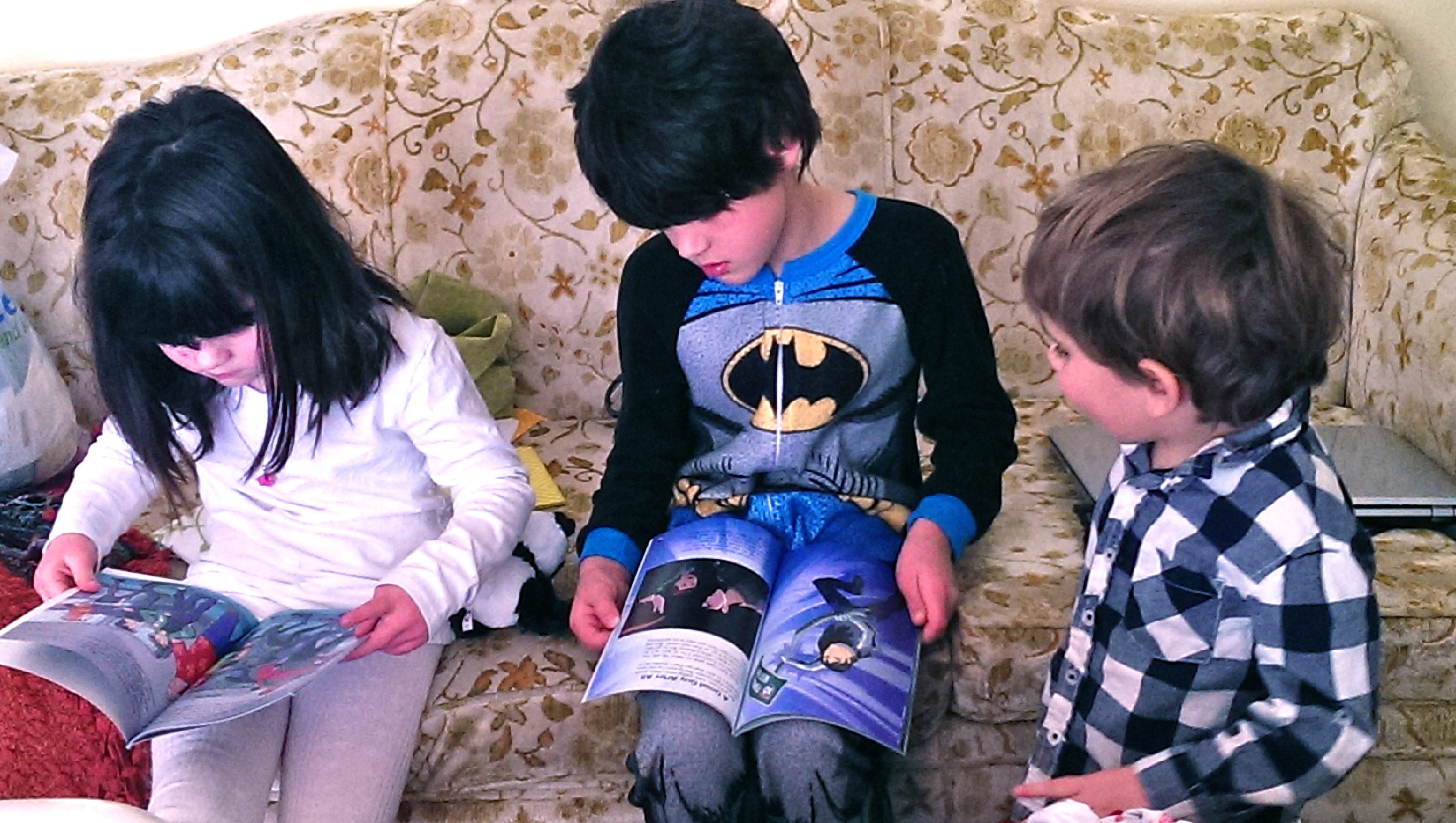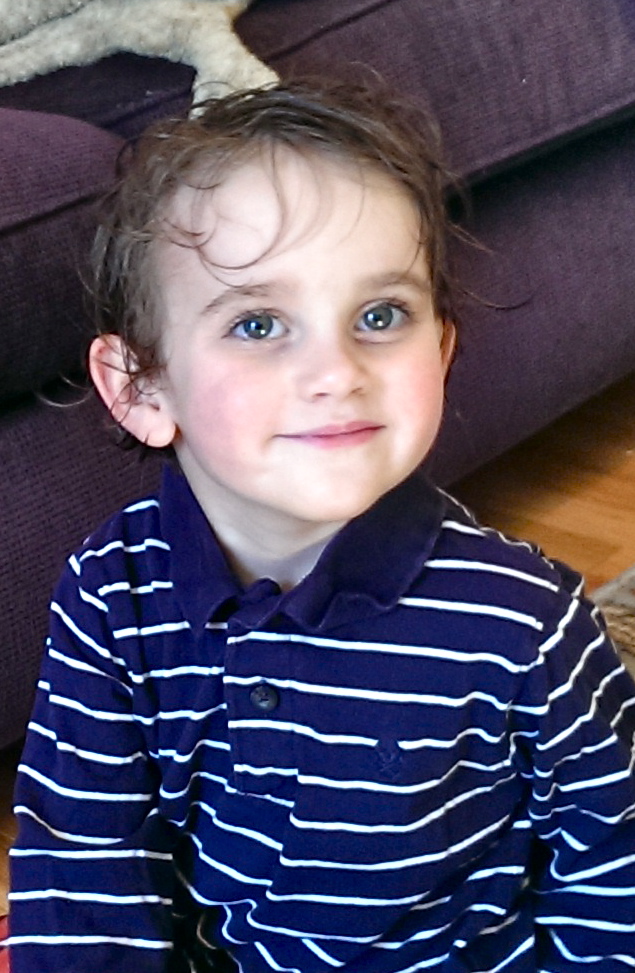This year, along with the usual assortment of crazy making candy and that magical substance that removes newspaper ink from paper and holds tight to the fibers of my couch and the seat of my pants, the Easter Bunny delivered new books for each of the children. They each received a book about the faith and a fun book. The Easter Bunny had a blast picking them out and in the process began quite a long Amazon.com wishlist of other good books for Catholic children. The Easter Bunny will now be asking Santa Claus and the Tooth Fairy to help him complete his wishlist.
I told the Easter Bunny I would submit a formal review of each of the books he delivered so that he will know whether to deliver these books to other children in the future.
Tell Me about the Catholic Faith for Small Children by Christine Pedotti looked like the perfect book for a 4 year old. I was super excited when I flipped through it. It walks you through salvation history beginning with the creation story, through Noah, Abraham, the escape from Egypt, David and the Prophets. Then it takes you through the New Testament hitting all the highlights. But there are plenty of children’s Bibles that also do this and, honestly, do a better job of it.
The best part of the book, the part I was most excited about, are the last two sections titled “The Christian Faithful” and “The Catholic Faith.” “The Christian Faithful” section speaks about the early church from the first Christians through Saints from our time. It highlights missionaries, monks, and “super Saints” like John Bosco and Therese of Lisieux.
The final section, “The Catholic Faith,” is a sort of mini catechism. It talks about prayer, the sacraments, death, Christmas, Easter and the Church. It speaks to children at their level and encourages virtues such as forgiving, sharing, and welcoming.
So here’s what I like about the book. The illustrations are nice. They appeal to children without being childish. They are simple and colorful and add a lot to the text. I also really like the scope of the book. It touches on all the major topics you would want to cover with a young child. Everything is in here from creation to St. John Paul II, Christian living, the Church and the Sacraments. It makes a really great starting point for conversation.
The book’s weakness is in it’s breadth. In trying to cover all of salvation history in 93 pages with illustrations and at a level appropriate for a 3-7 year old, well, I’m not sure it can be done well. Some parts are great. The two page spread on baptism does a great job of communicating the basic form of the sacrament and the joy involved. But the one sentence summary of baptism on the sacraments’ page is pretty weak: “Through baptism, we are bathed in the love of God.” Nothing about being cleansed or purified or our need for God’s love.
There are many places in the book where it simply doesn’t make sense if you don’t have any background knowledge of the faith. Imagine you know nothing of Christianity or the Saints and that you’re 4 years old and someone reads this to you: “Clare asked Francis to cut off her long hair. She wanted to love Jesus more than anything else.” Ummm. Okay. What in the world does cutting off long hair have to do with loving Jesus? This one sentence just isn’t sufficient to properly communicate what is happening here. Also, is this the one most important thing about Saint Clare?
I was actually planning to return the book, but then I saw my 9 year old snuggled up in our rocking chair reading it to himself. He has much more context for the book than my younger children, and he really enjoys it.
In my final assessment, I would say that this book is great as a conversation starter. It might prompt you to tell your child more about St. Clare, for example. The pictures are really nice, and it brings up a lot of important stories and ideas. But it is so incomplete in it’s explanations. I would have much preferred if the author had either limited her scope or had expanded the book into a four book series going a bit more in depth into each of the four sections of this book.
I would love suggestions for a first catechism type book for 3-7 year olds with beautiful illustrations and age-appropriate explanations of our faith. And stay tuned for more reviews of the Easter Bunny’s books. There are a few I really love!












